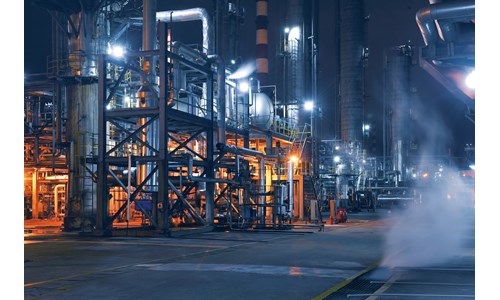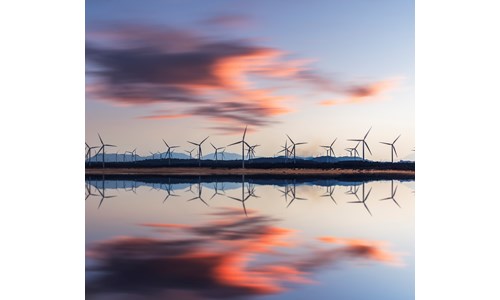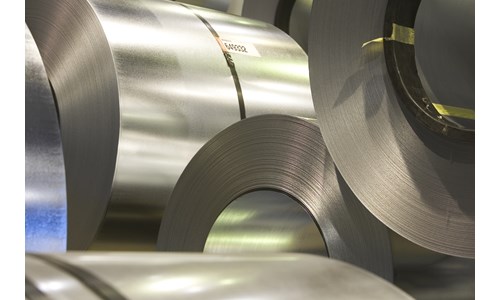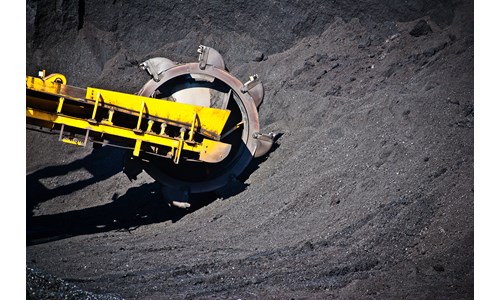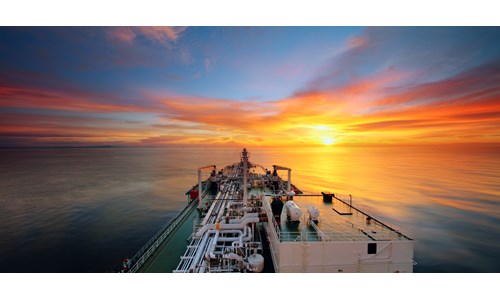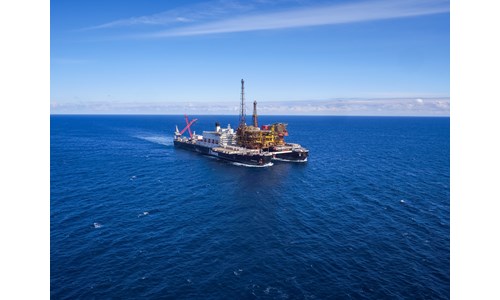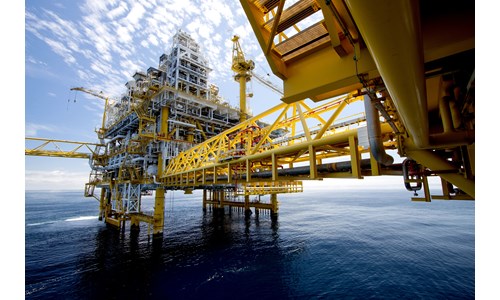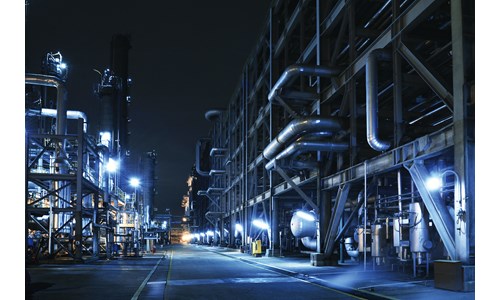This insight presents our base case outlook for marine fuels to 2050 and explores some of the emerging issues as the International Maritime Organisation charts a course to decarbonise international shipping Global maritime trade is expected to fully recover from the impact of Covid-19 this year and expand by 30% by 2030. Oil bunkers is expected to peak in 2025 at nearly 5.4 million b/d. Marine LNG is the main source of market growth in the longer term, growing steadily to displace nearly 0.7 million b/d of oil bunkers by 2030. The global marine fuel market is expected to start declining in the early 2030s as improving fuel efficiency erodes demand despite rising global trade. Growth in marine LNG then slows post-2040 as synthetic e-fuels become more widespread, supported by the increasing availability of green hydrogen capacity.






